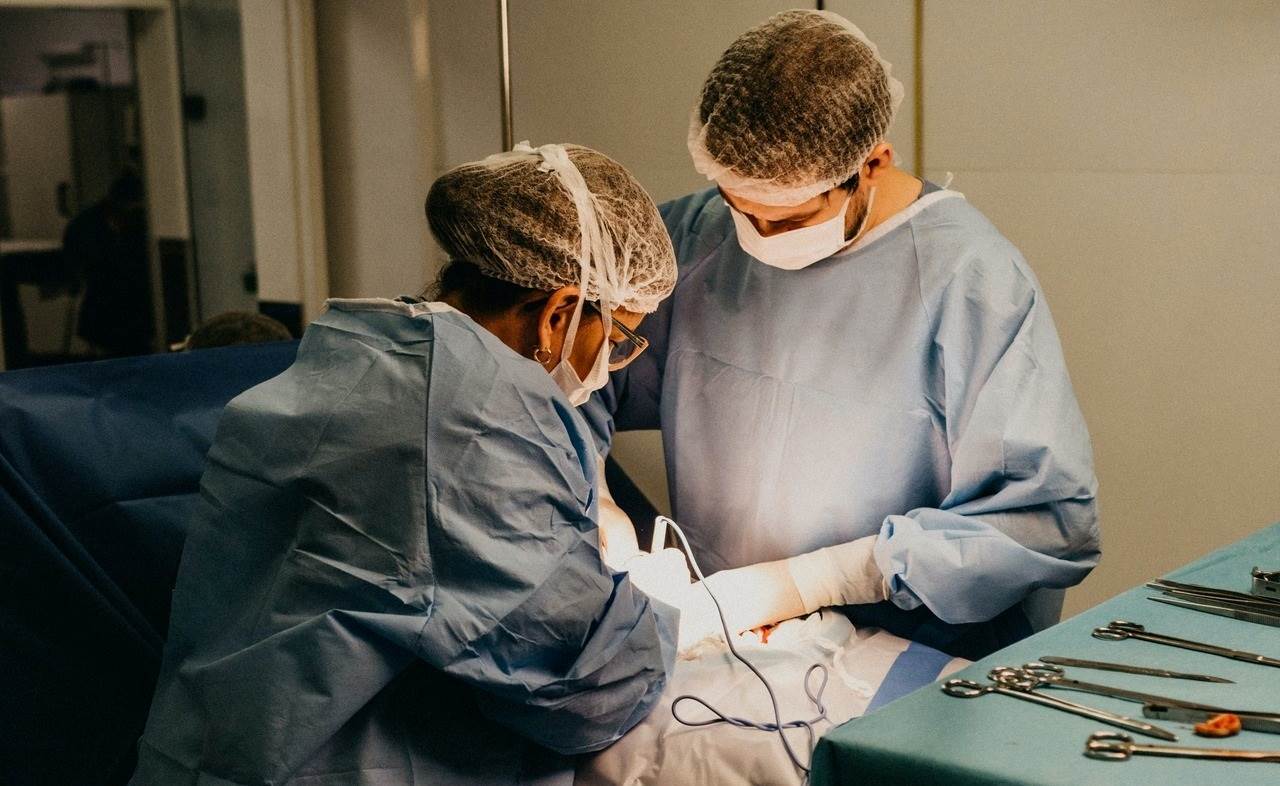Blue balls — medically known as epididymal congestion or testicular congestion — describe a dull ache or sense of heaviness in the testicles after sexual arousal without ejaculation. It’s a harmless and temporary condition that many men experience at least once. This article explains what causes it, how to relieve it quickly, and when to seek medical advice.
What Is Epididymal Congestion?
During sexual arousal, blood flow to the penis and testicles increases significantly. If ejaculation doesn’t occur, this extra blood can remain in the area for a short time, creating a feeling of pressure or discomfort — sometimes referred to as testicular congestion. Despite the name, it’s not a build-up of semen. The body continuously reabsorbs sperm naturally, and no damage is done.
If the pain is severe, persistent, or affects only one side, you should contact a GP or sexual health clinic. Trusted medical information is available from the NHS, NHS on epididymitis, and the NICE Clinical Knowledge Summary.
How Does Testicular Congestion Happen?
When a man becomes sexually aroused, blood vessels in the genital area dilate to support erection and heightened sensitivity. If arousal lasts for a long time without orgasm, blood flow remains high for longer than usual. This causes temporary venous congestion and mild muscle tension, leading to the familiar ache of blue balls. It isn’t dangerous and usually subsides once arousal fades or after ejaculation.
Typical Symptoms
- Dull ache or pressure in the testicles or lower abdomen
- A feeling of heaviness or mild swelling in the scrotum
- Occasional pulling sensation in the groin
- Rare, slight bluish tint to the skin caused by blood congestion
Symptoms normally ease within minutes or hours, especially following orgasm or relaxation. If pain persists or worsens, it may be due to another condition and should be checked by a doctor.
When It’s Not Just Blue Balls
Similar pain can be caused by other conditions, some of which require urgent treatment:
- Testicular torsion: Sudden, severe, one-sided pain, often with nausea or vomiting. It’s a medical emergency — see the NHS guidance.
- Epididymitis: Gradual pain, tenderness, redness, or fever, usually from infection — NHS: Epididymitis.
- Inguinal hernia: Lump or pain in the groin that worsens when coughing or lifting — see NHS: Inguinal hernia.
- Trauma: Pain, swelling, or bruising after an injury — details at the NICE summary.
Quick Relief
- Ejaculate: The simplest and most direct way to relieve epididymal congestion.
- Cool compress: Apply a wrapped cold pack for several minutes to reduce swelling or discomfort.
- Gentle movement: A short walk or light stretching helps normalise circulation.
- Relaxation: Breathing exercises or distraction can help the body return to a resting state.
- Loose underwear: Avoid tight clothing that adds pressure to the scrotum.
Sudden, intense, or one-sided testicular pain requires urgent assessment — torsion and infection can mimic blue balls but are medical emergencies. Learn more at NHS: Testicular pain.
Prevention
Blue balls usually occur after arousal ends abruptly without ejaculation — for instance, if sexual activity is interrupted. Allowing arousal to fade naturally or reaching orgasm prevents most cases of testicular congestion. Many partners don’t realise this is a physical reaction rather than a psychological one, so communication helps avoid confusion or discomfort.

Myths and Facts
- Myth: It’s caused by trapped sperm. Fact: It’s a temporary blood congestion; sperm are naturally reabsorbed.
- Myth: Blue balls affect fertility. Fact: There’s no link to sperm count or fertility issues.
- Myth: Only teenagers get it. Fact: It can happen at any age after prolonged arousal without release.
- Myth: Heat works best. Fact: Brief cooling is often more soothing for most men.
- Myth: The testicles turn blue. Fact: Visible colour changes are extremely rare; if you notice it, seek medical advice.
- Myth: It won’t go away without masturbation. Fact: It normally fades on its own once blood flow settles; orgasm simply speeds this up.
- Myth: It’s psychological. Fact: It’s a genuine physiological reaction, not “in your head”.
- Myth: Exercise fixes it instantly. Fact: Gentle movement helps; heavy workouts can sometimes worsen the ache temporarily.
When to See a Doctor
- Sudden, sharp, or one-sided testicular pain
- Noticeable swelling, redness, or hardness
- Fever, nausea, or vomiting
- Discolouration or bruising that doesn’t fade
- Pain or discomfort after injury
- Pain that lasts for several hours or keeps returning
More information: NHS: Testicular pain, NHS: Testicular torsion, NHS: Epididymitis, NICE: Acute scrotal pain.
Conclusion
Blue balls (epididymal congestion) are uncomfortable but harmless. The pain comes from temporary venous congestion following arousal without ejaculation. Ejaculation, cooling, light activity, or simply allowing arousal to subside usually resolves it. If the pain is sharp, persistent, or affects only one side, seek medical assessment to rule out emergencies such as torsion or infection.

